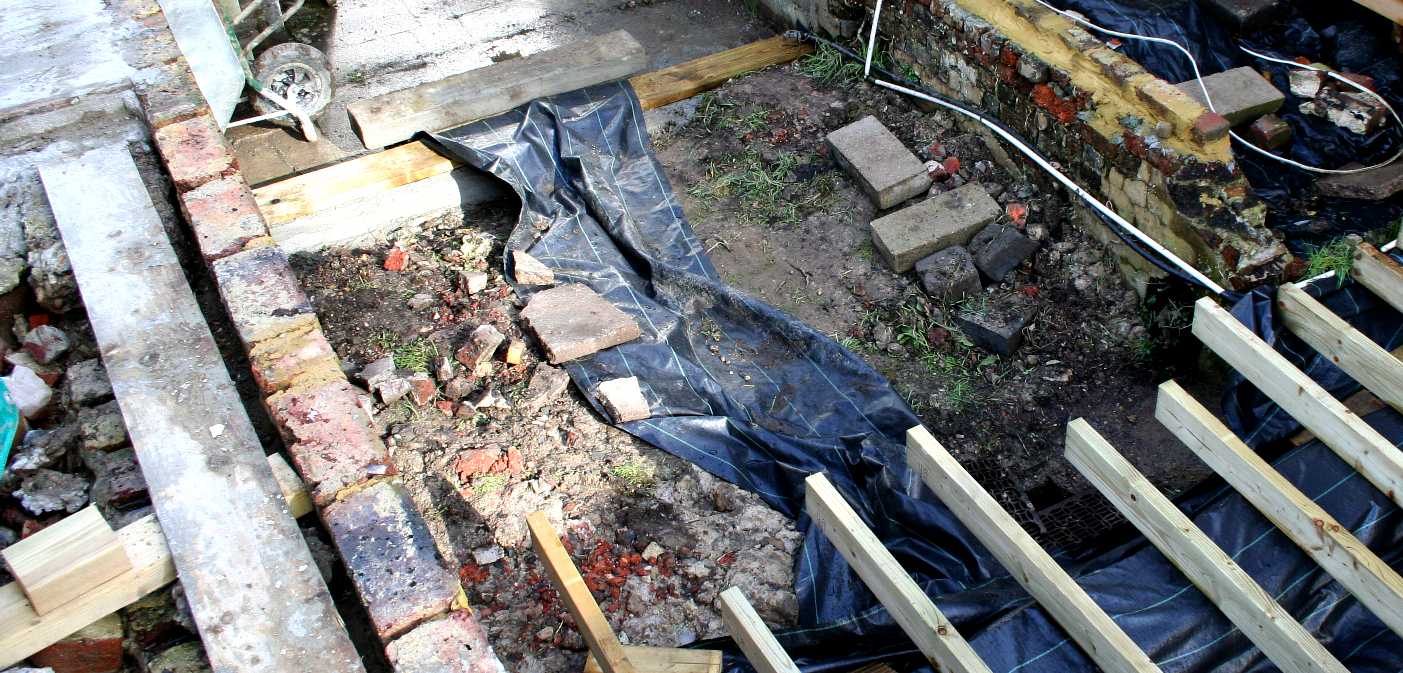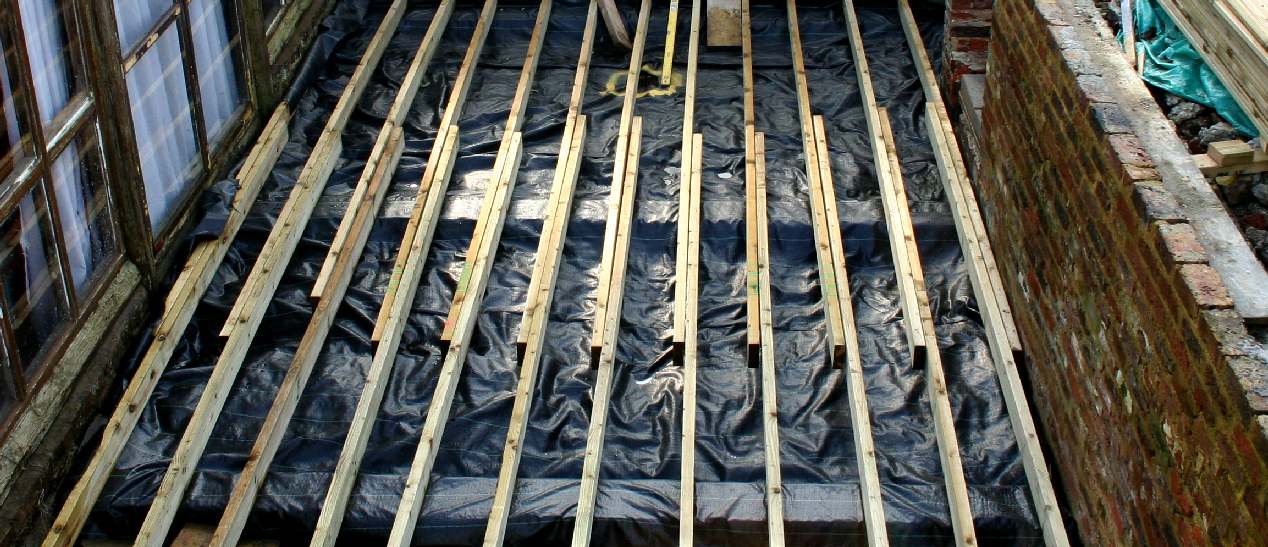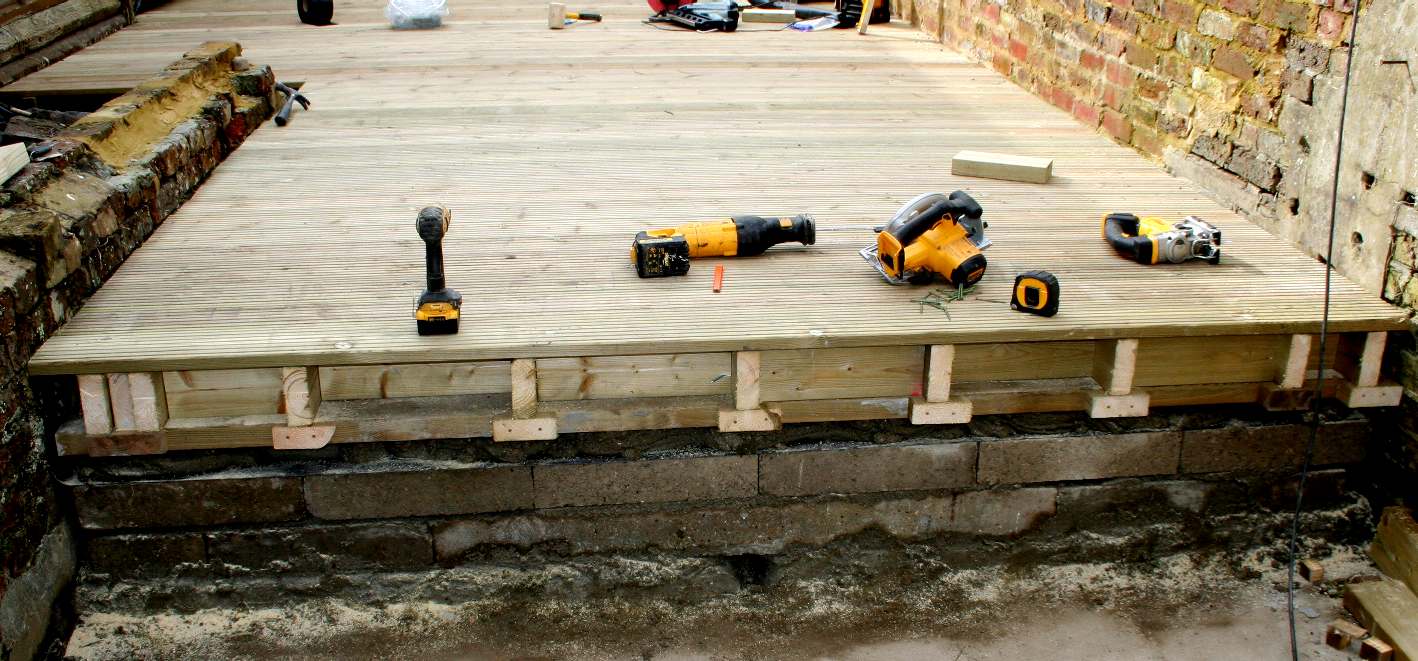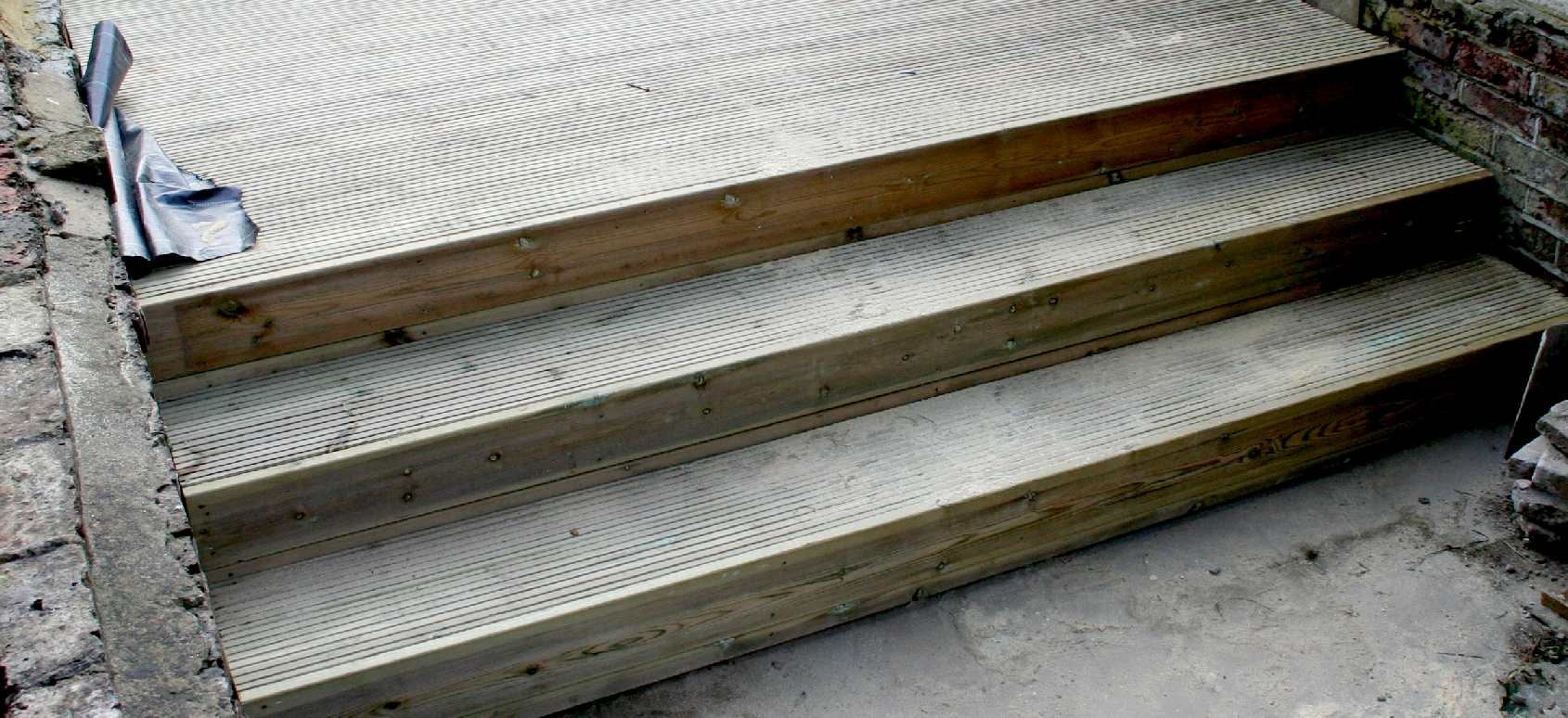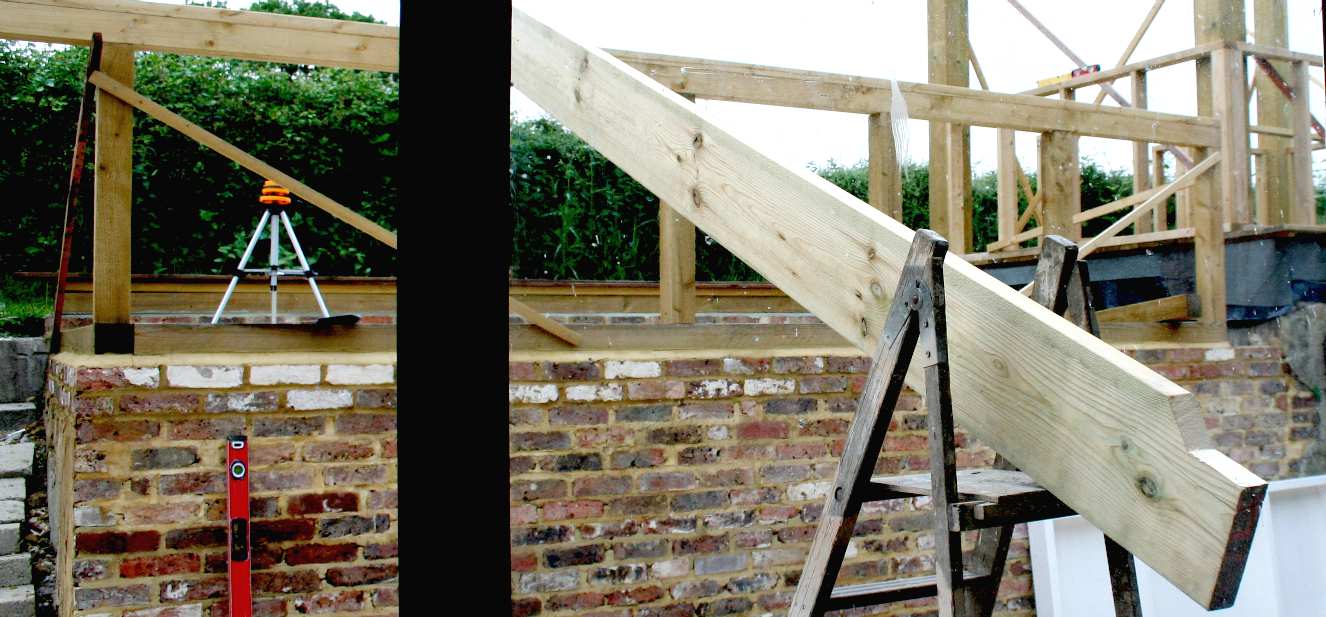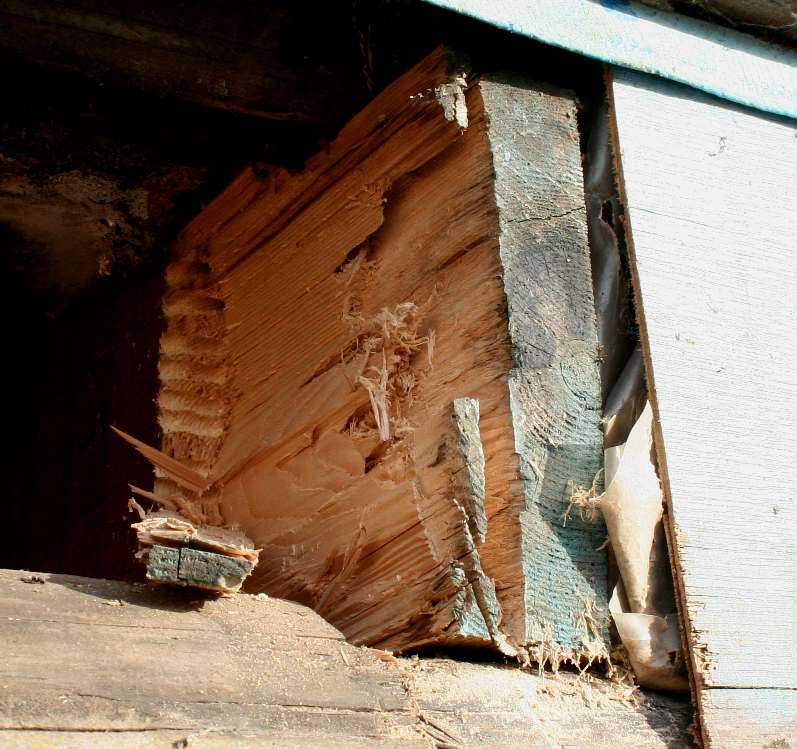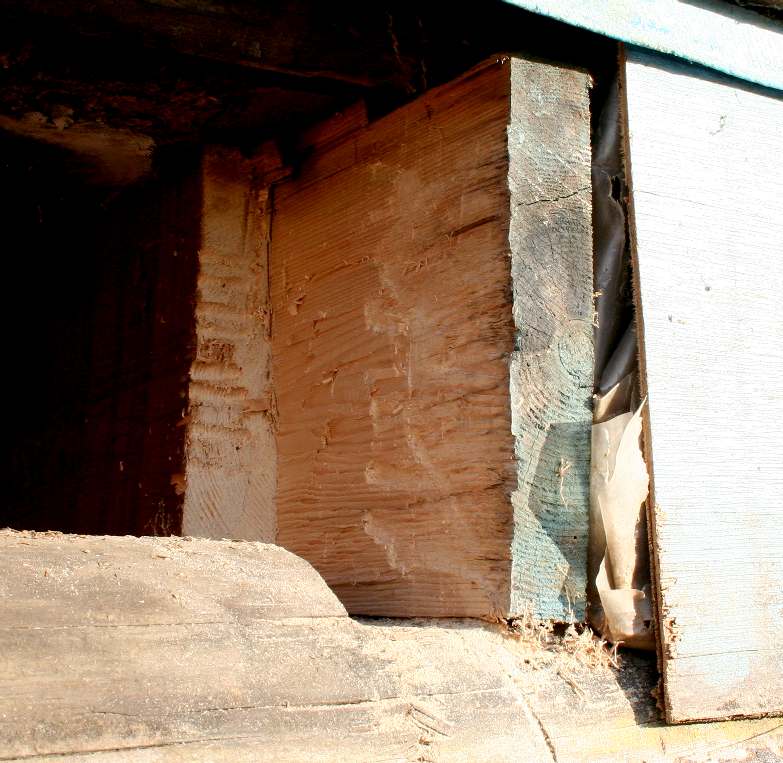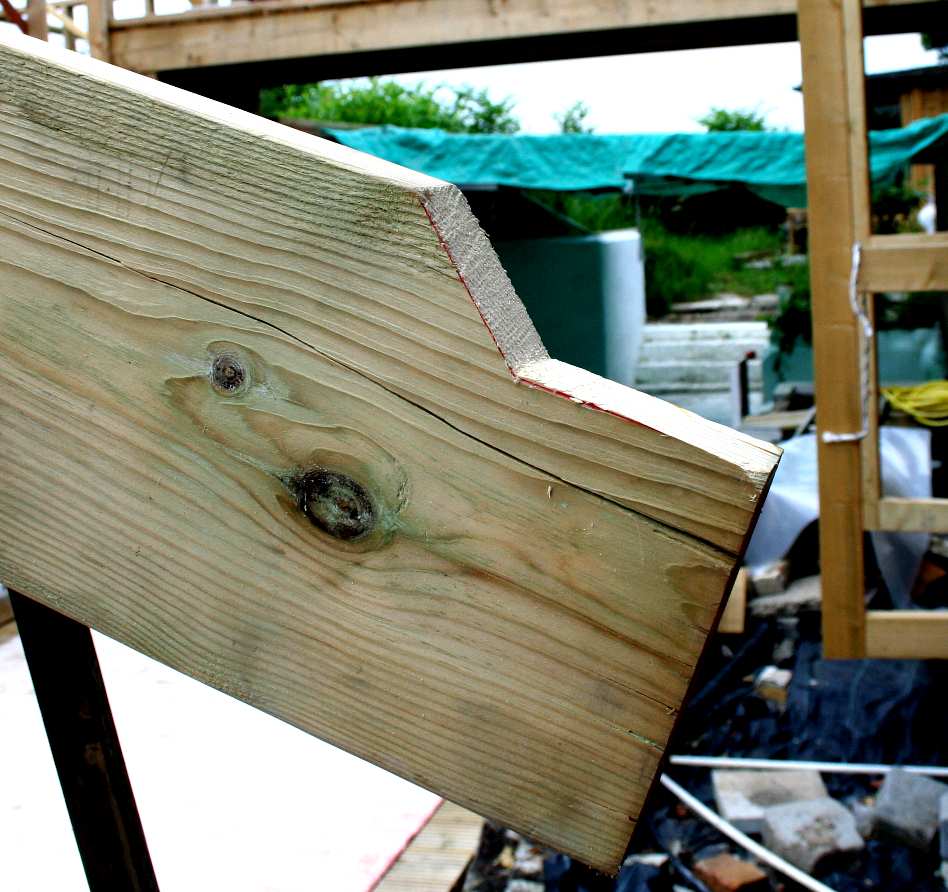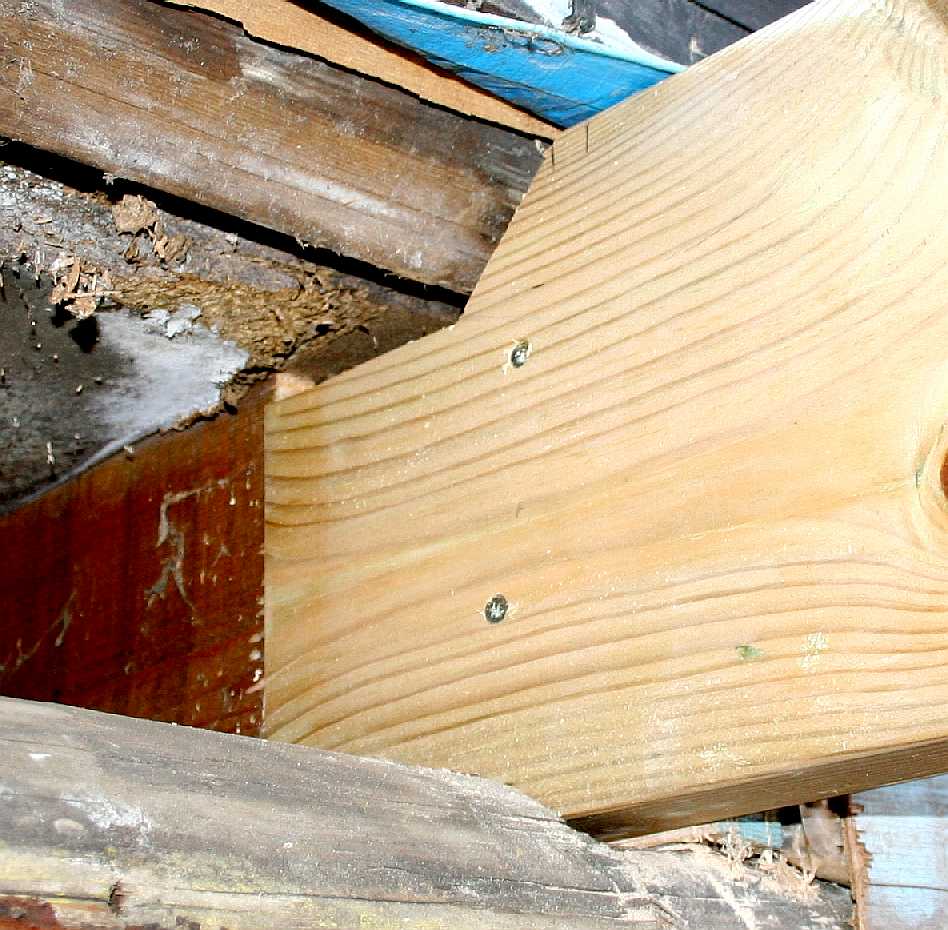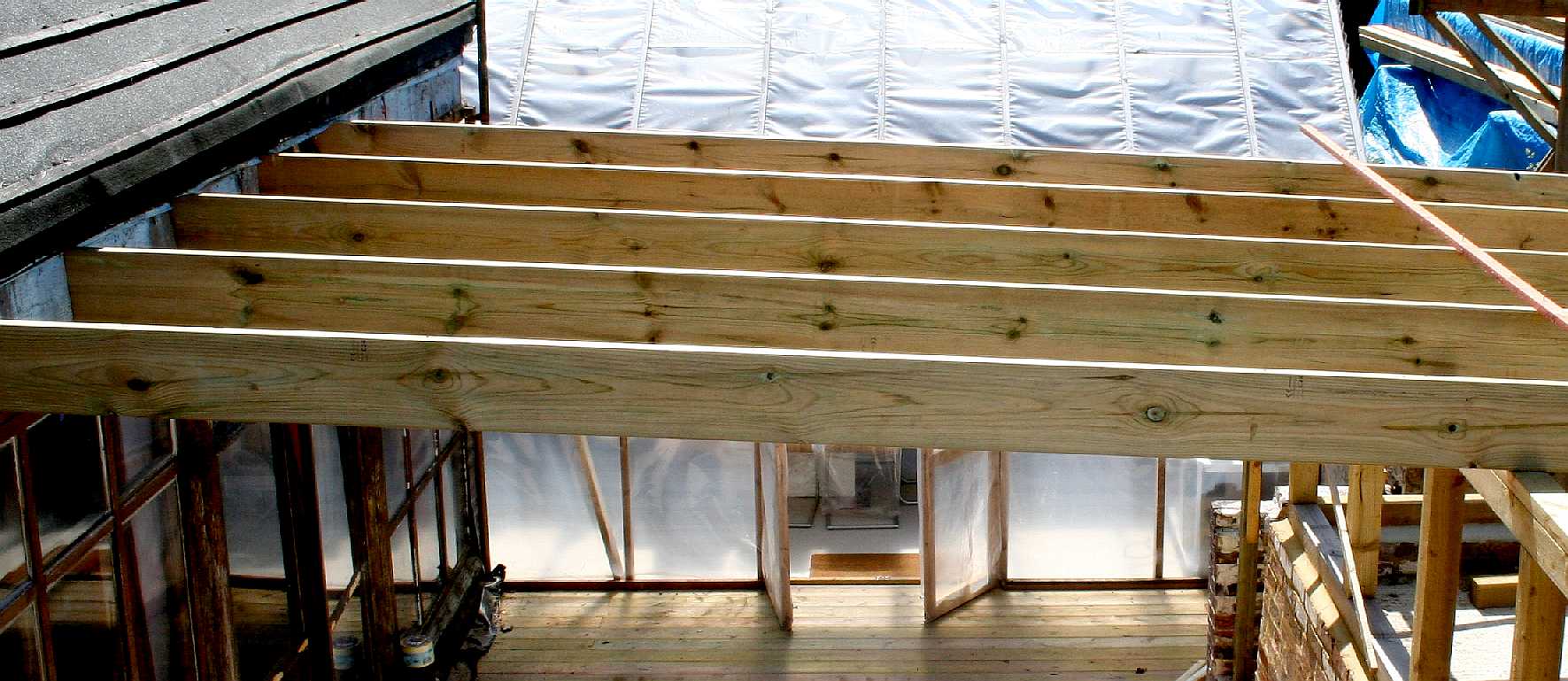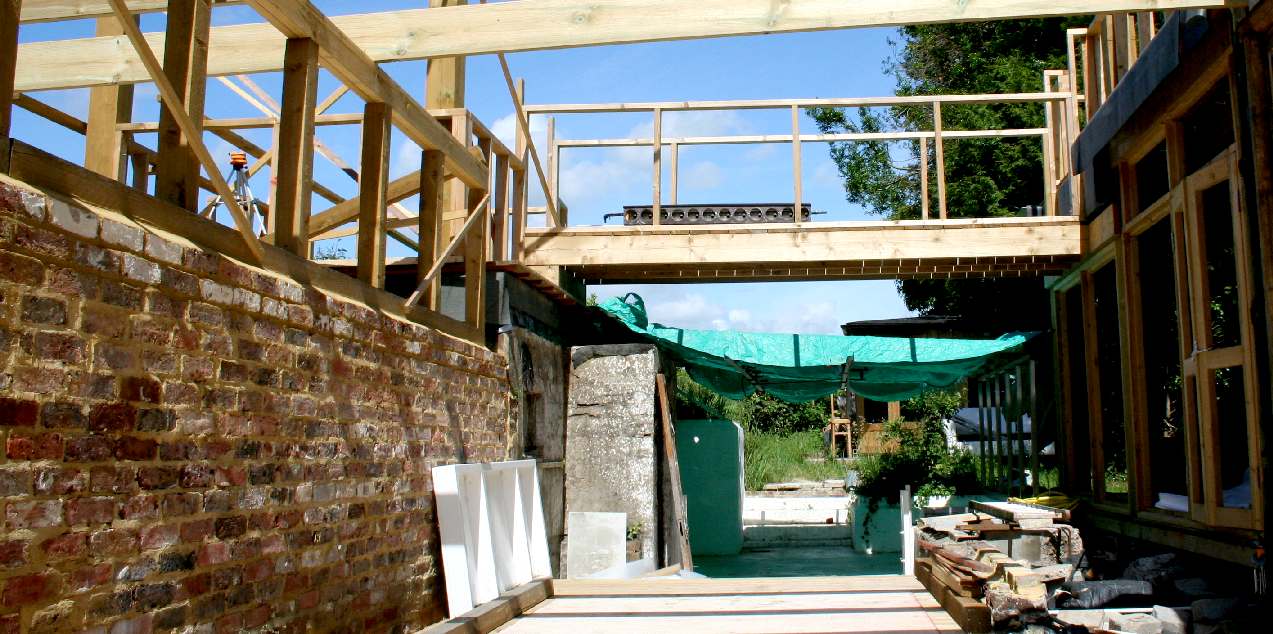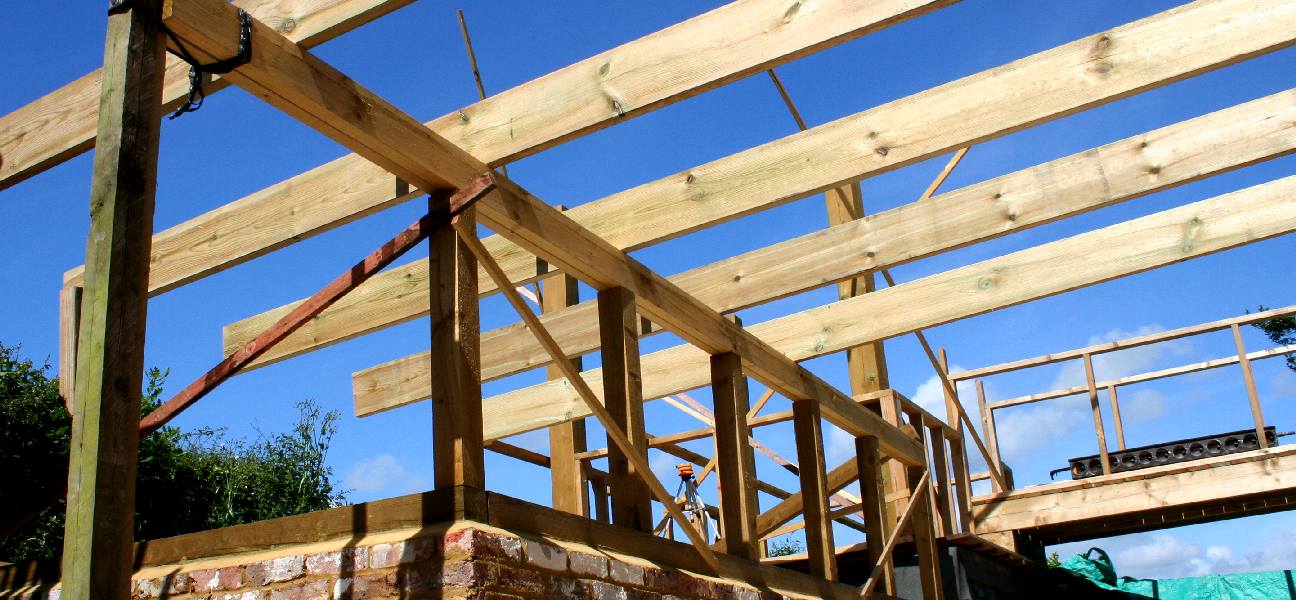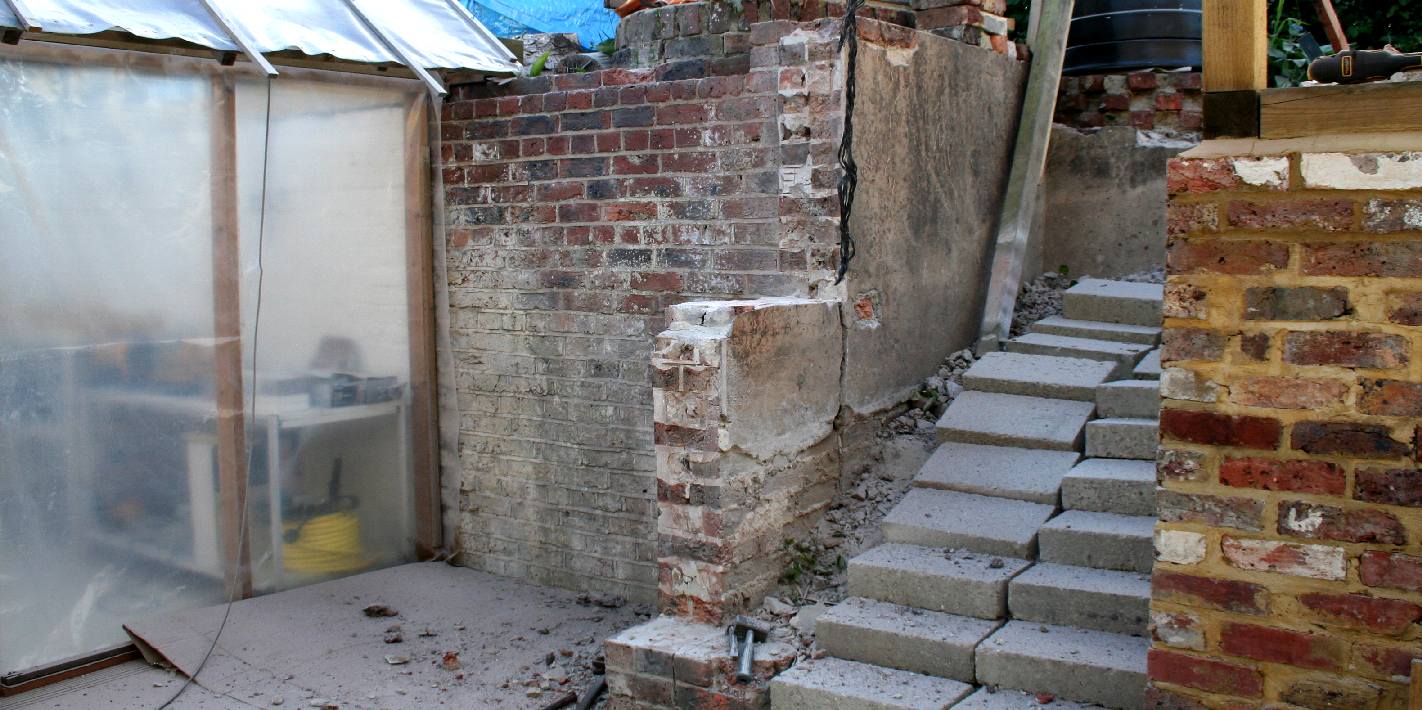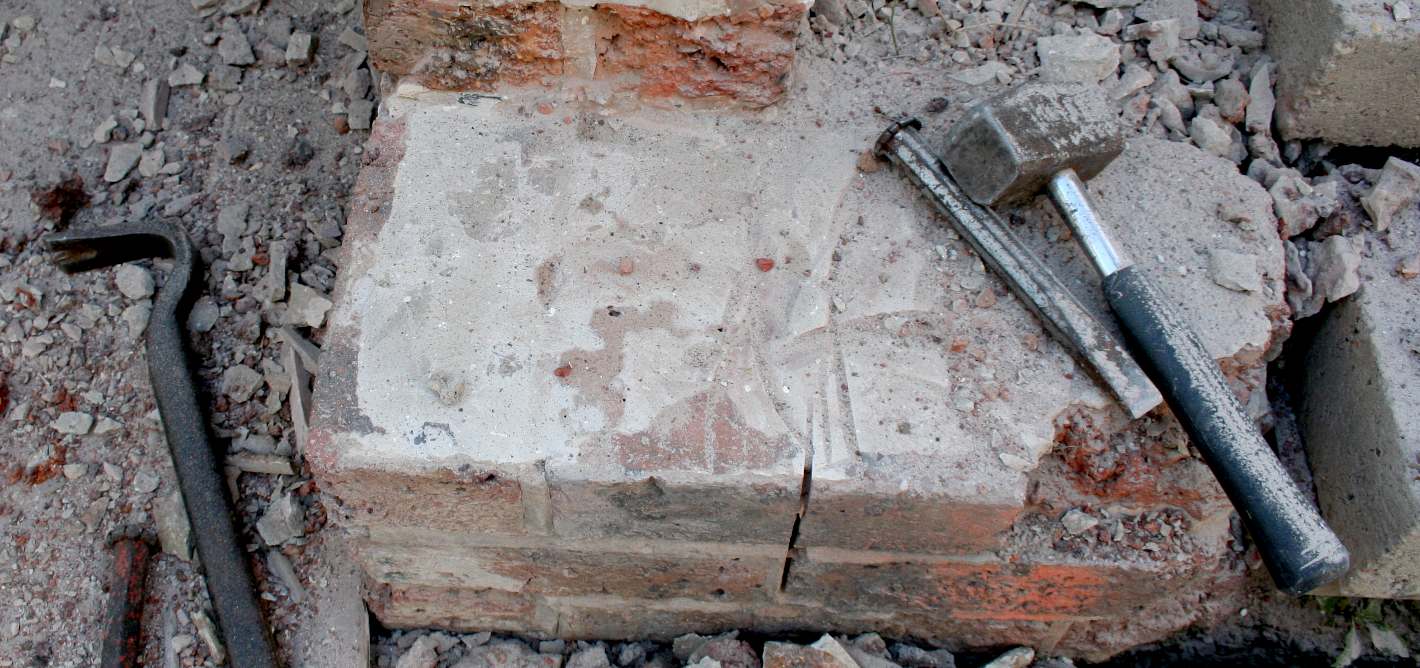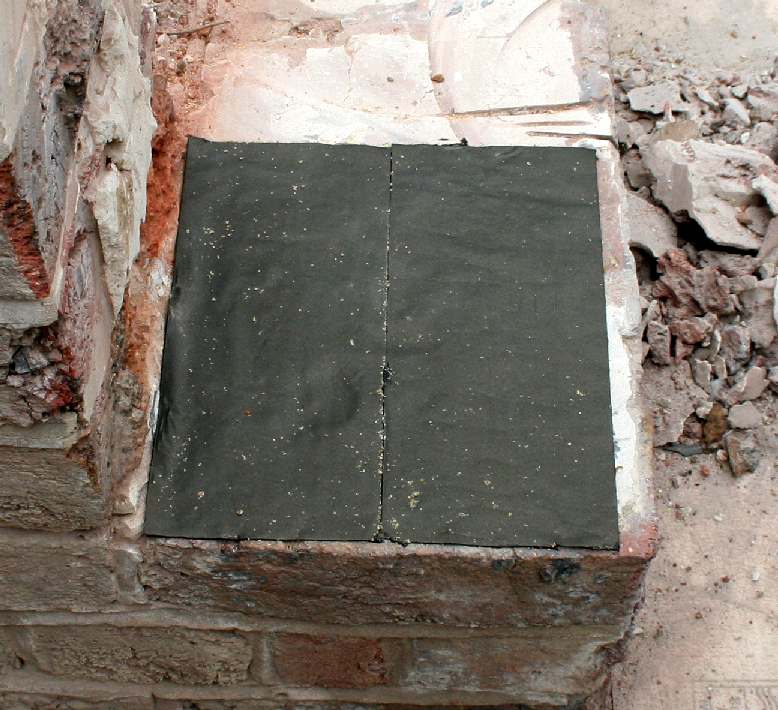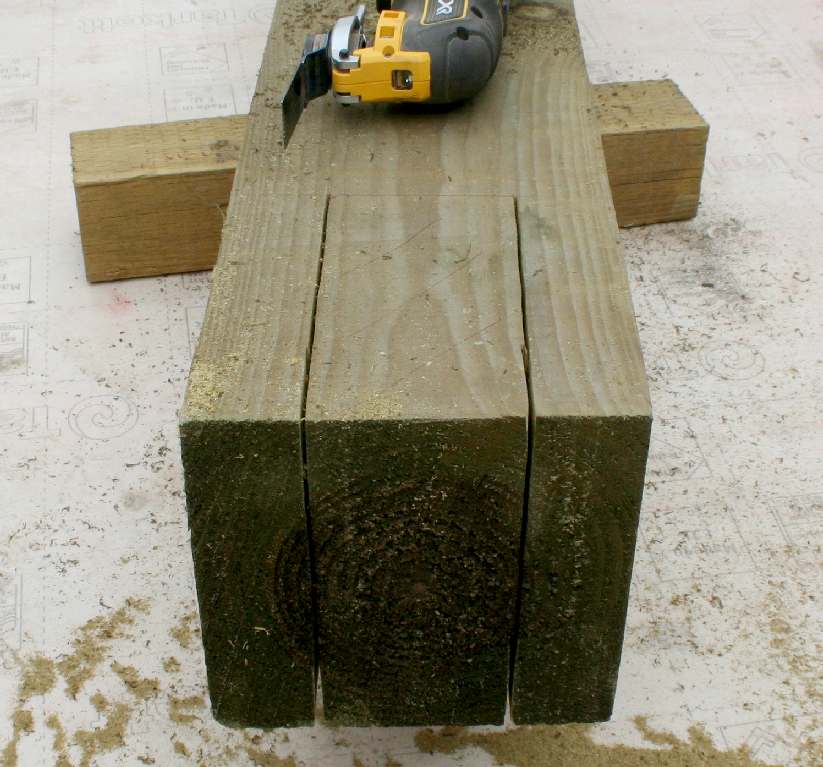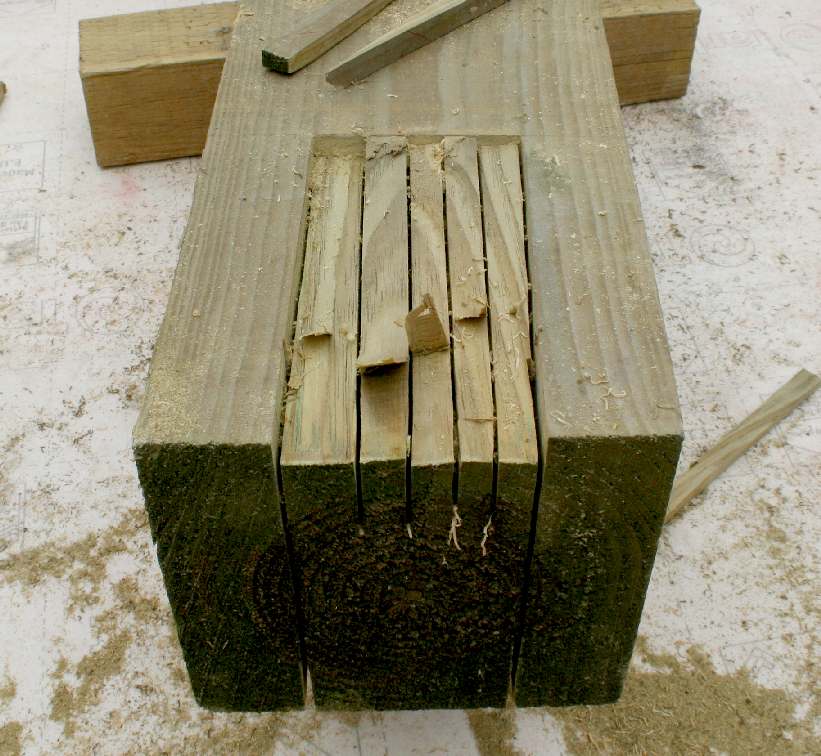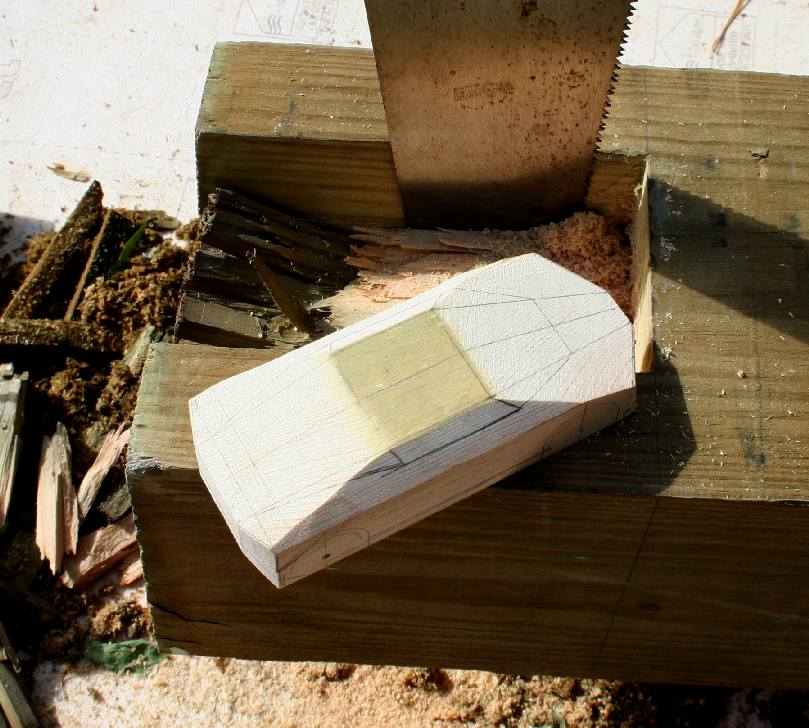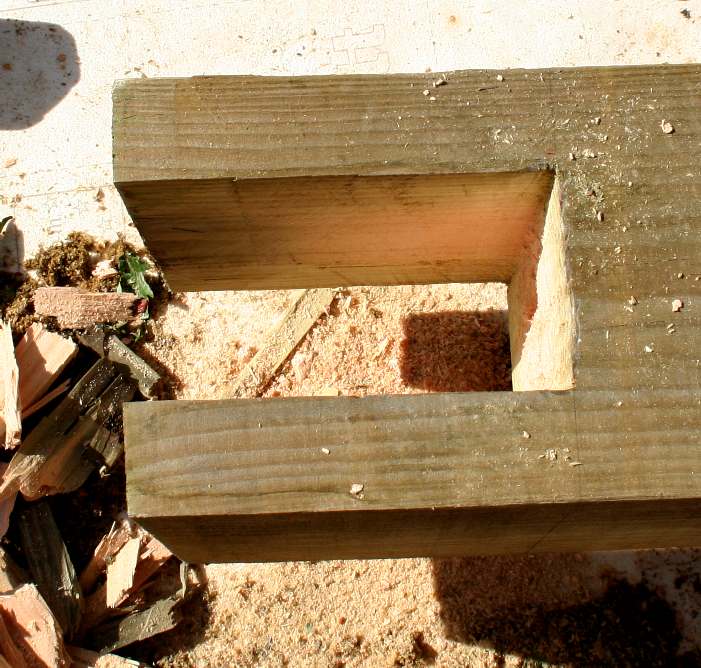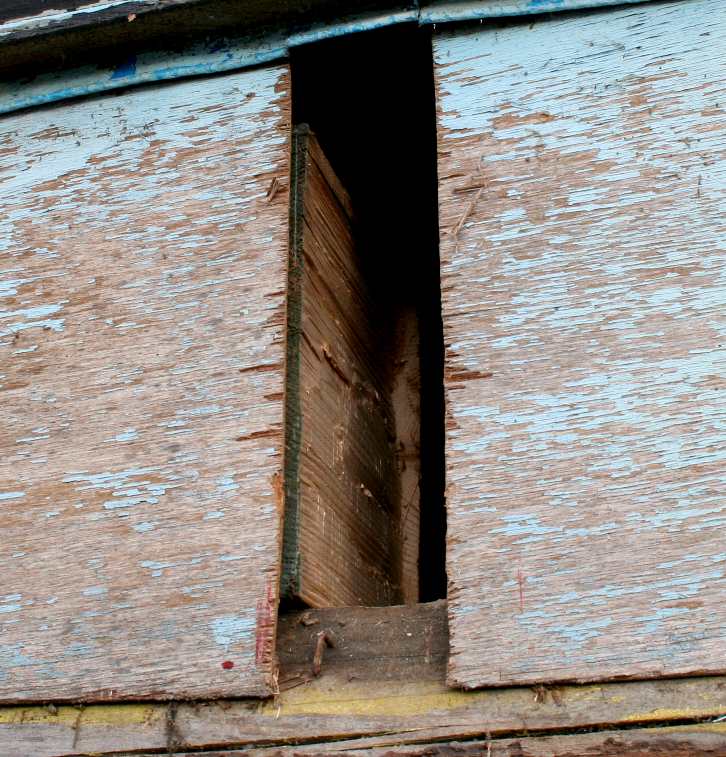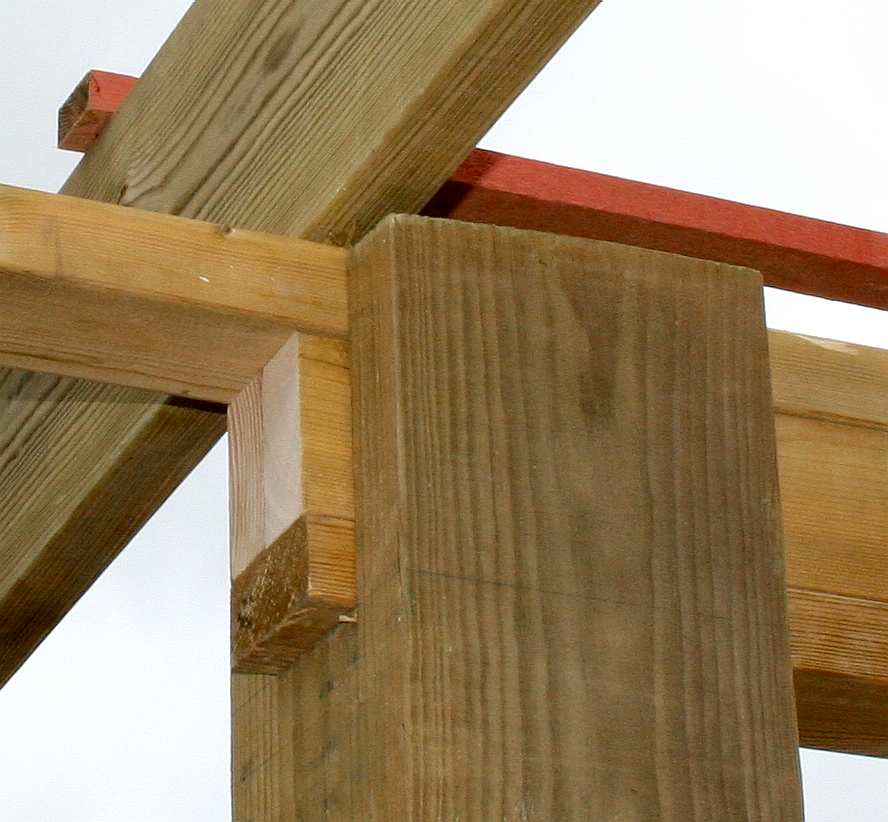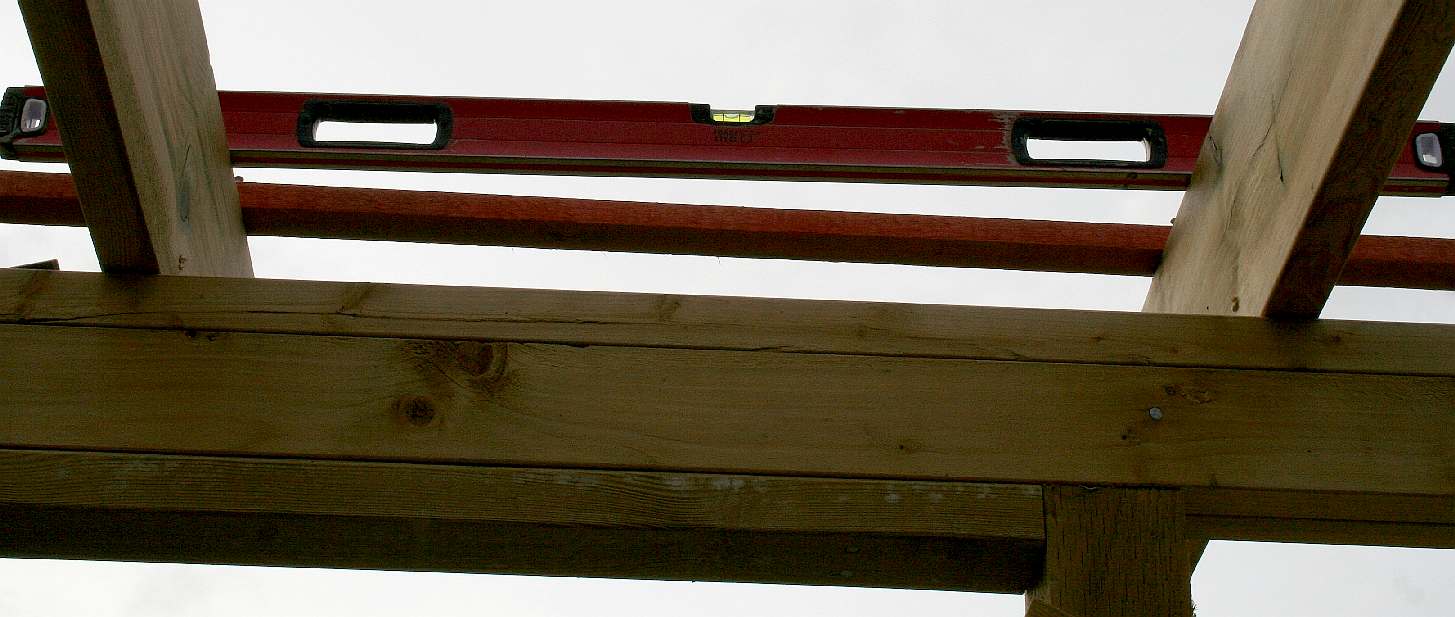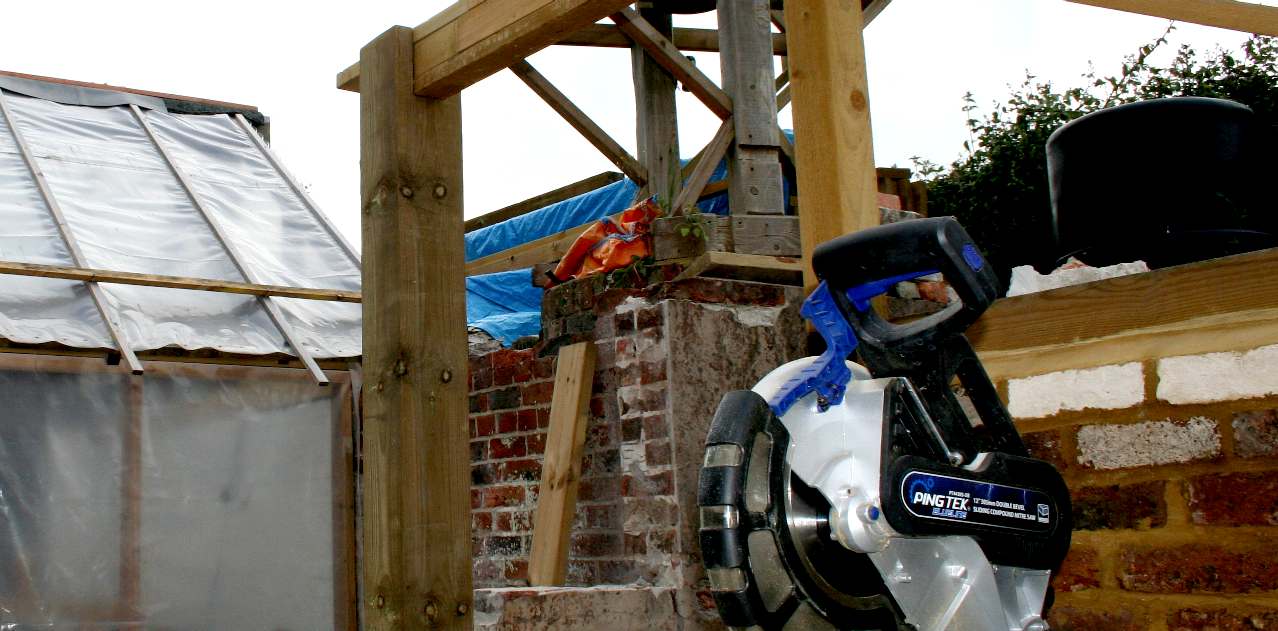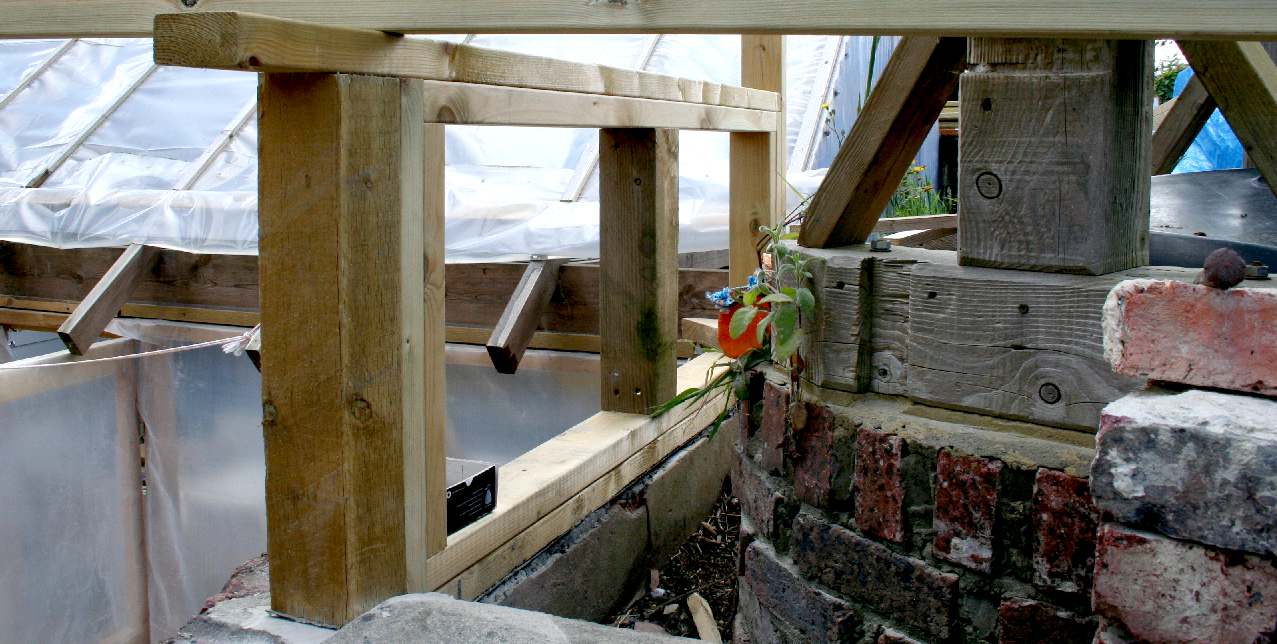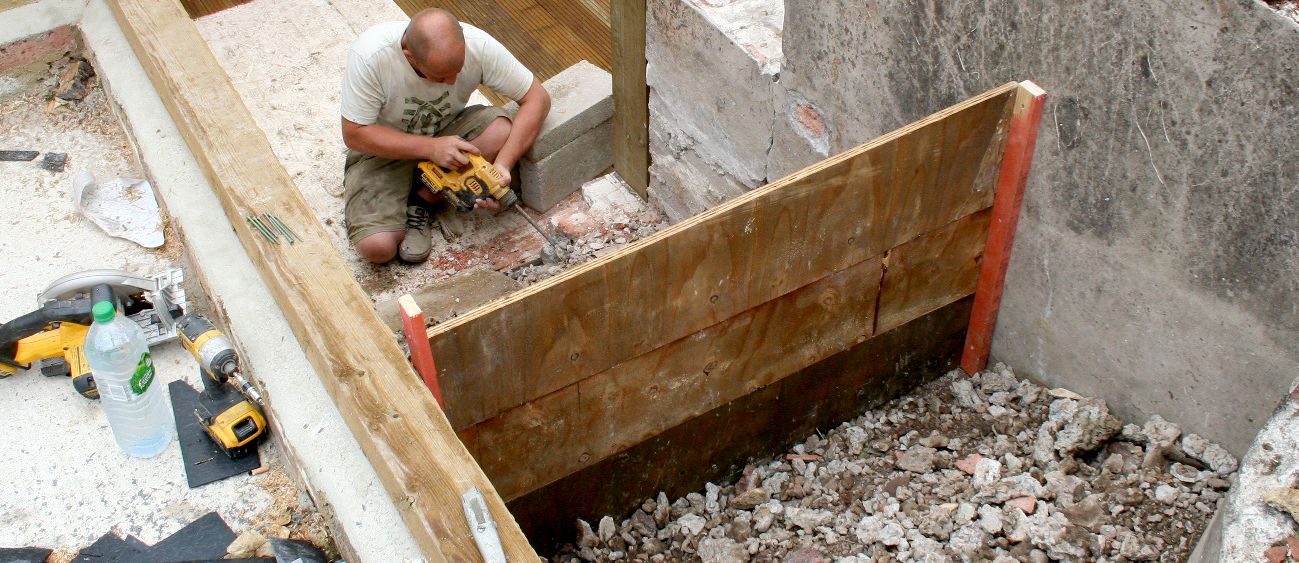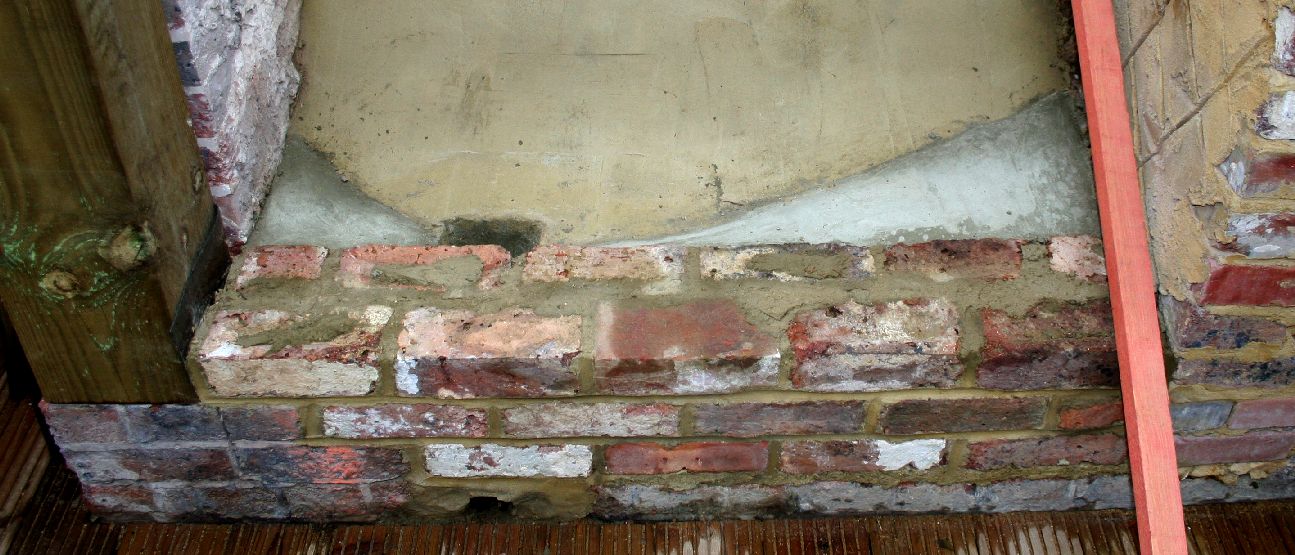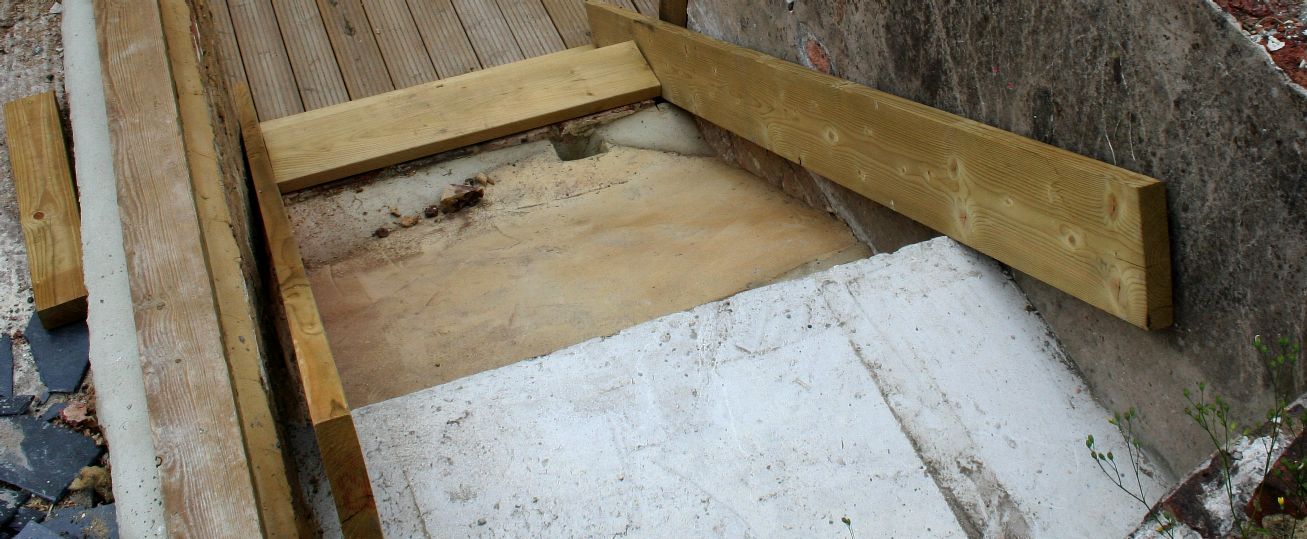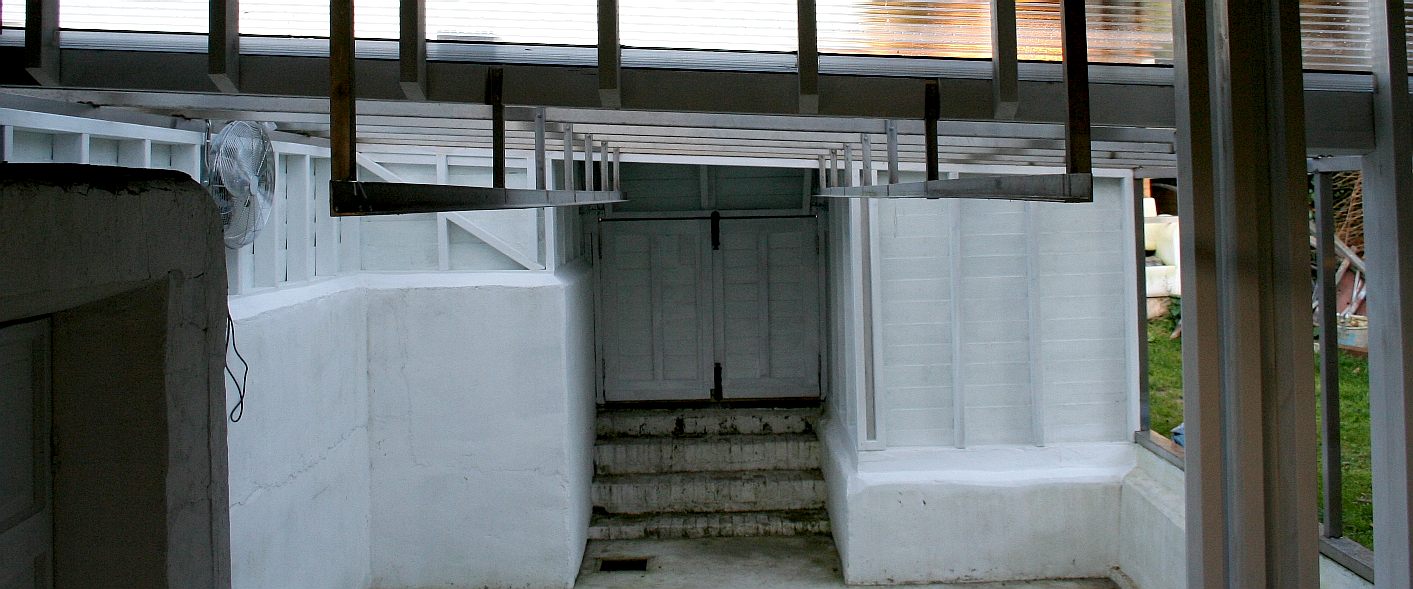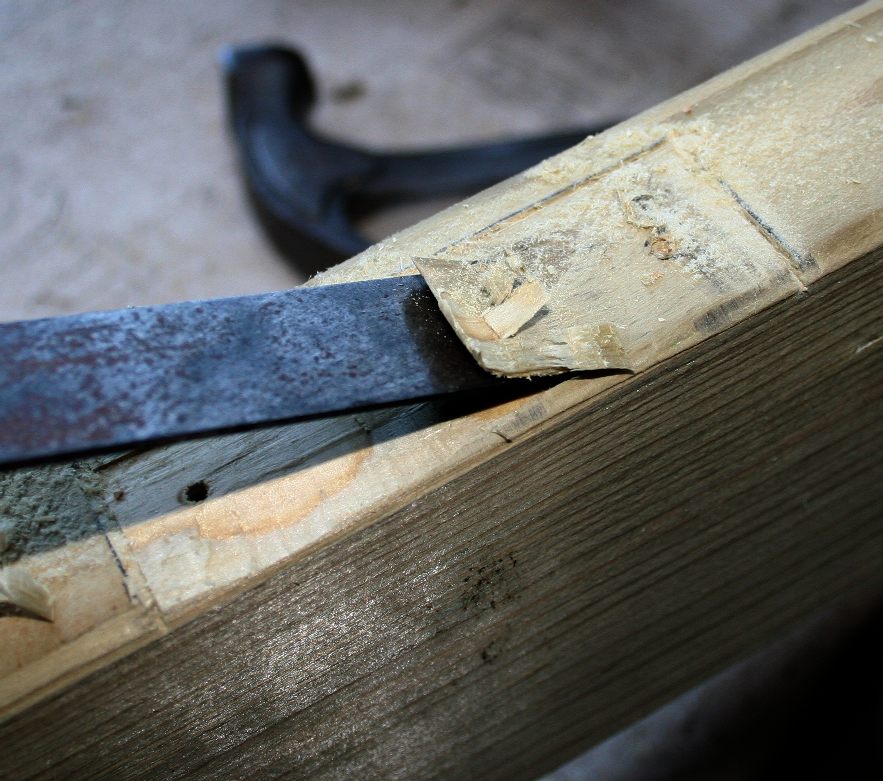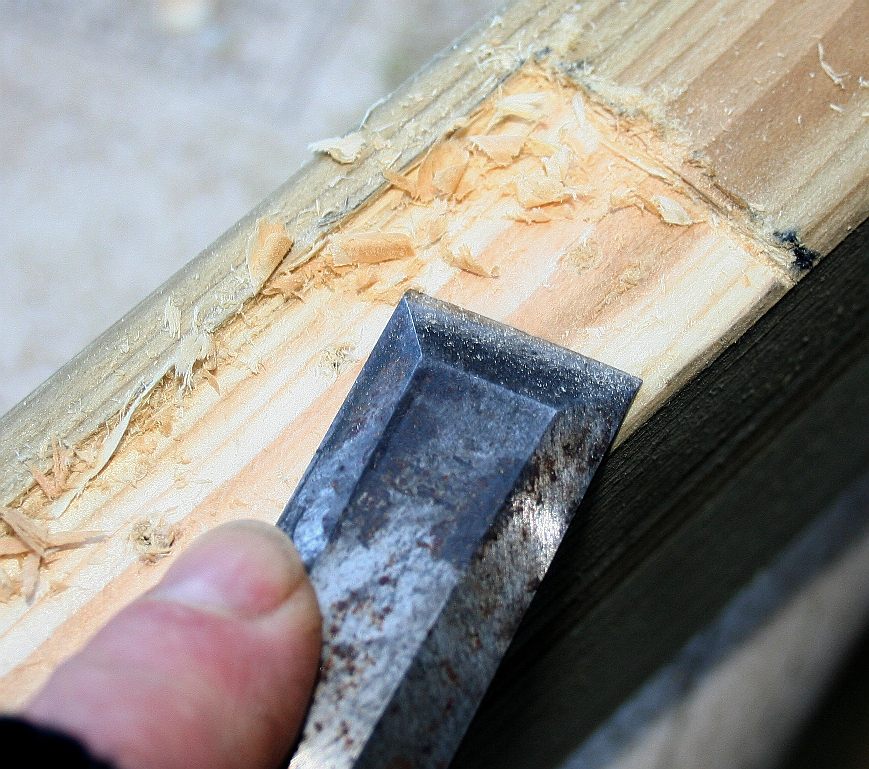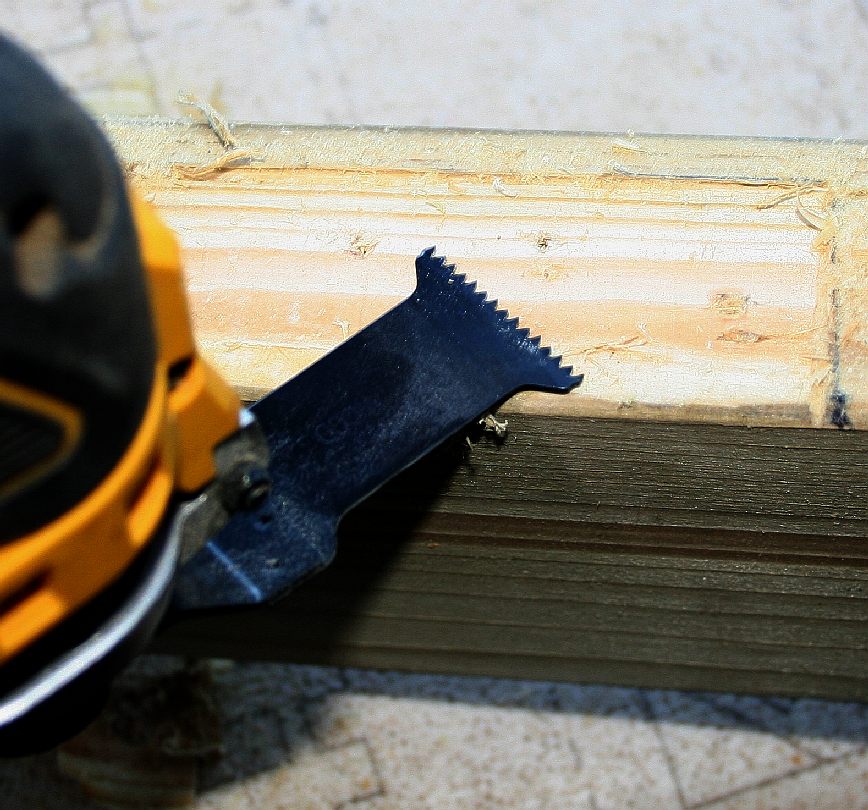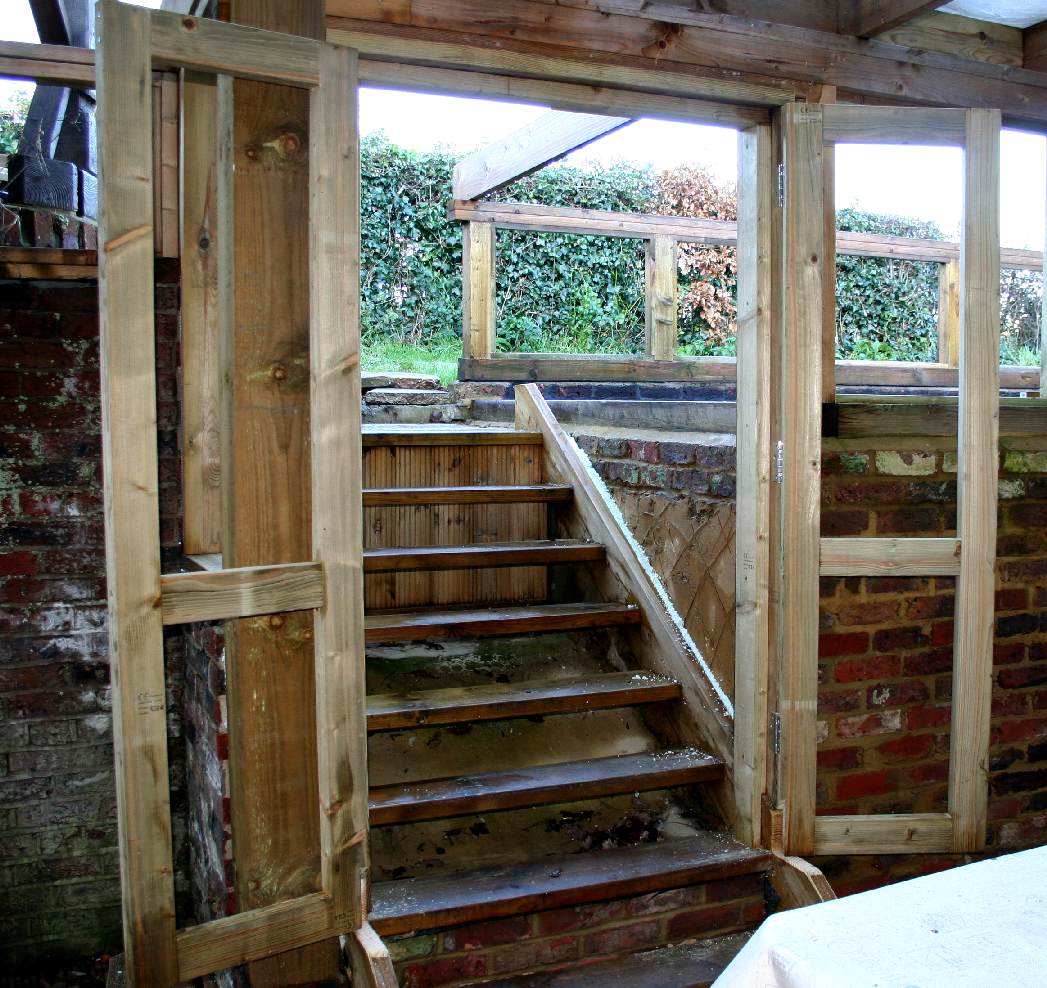|
COVERED WAY - LIQUID ROBOTICS WORKSHOPS
BRICKS & MORTAR - CARRIAGE - DRAINAGE - FACILITIES - FILTRATION - GLASS & PAINT - GANTRY - GIMBALS - HATCHES - HYDRODYNAMICS HISTORY - INSTRUMENTS - LABORATORY - LAMINATING - LOGISTICS - OUR TEST TANK - PROOFING - REVIEWS - SCREEDING - SEAVAX TEST VIDEOS - SLUICE GATE - SOLAR BATTERIES - WAVE MAKING - WIND MACHINE
DANGEROUS - This is what the engineers and other workers on the site were faced with in 2016 and into 2017. We considered this to be a major issue that had to be resolved, no matter how much grunt from our staff and volunteers would be needed. Fortunately, our volunteers agreed with our assessment (as would the Health & Safety Executive). So we had a whip round to raise the money for materials, with thanks to the directors of Bluebird Marine for their loans and our trustees for all their help.
CLEANER
OCEAN FOUNDATION - ONGOING
DEVELOPMENT
For this reason our trustees, volunteers and sponsors agreed to bite the bullet and build a covered way over the courtyard from the robot workshop to the testing tank. You can see from these photographs how dangerous transports were, even for the hardy engineers from Bluebird Marine.
At the same time the bunker that is to become our water heater also had to be re-built, because the frame of one section of the solar heater is also the wall that holds up the courtyard beams. Hence, we killed two birds with one stone - or at least did some of the work for the water heater.
JOISTS - Joists were laid over slightly raised beds of concrete blocks and timbers to a height of between 100-200mm, that were more than man enough for the light loads that are to traverse this open courtyard. In places the timbers only just clear the weed control fabric that was laid in the spaces in between and over the firings that capped the concrete blocks, being careful to leave access for the drains that - amazingly - still worked once they were cleared out with a jet hose. This work took just two days.
DECKING - The cheapest and most robust way of providing a level floor over which to transport the SeaVax and AmphiMax robot models was to use good quality decking from our friends at Stamco in Eastbourne. The ground was on a slope leading to a drain, meaning that we had to hug the ground down to 200mm but leave sufficient clearance so that the decking timbers were just above the earth, rather than sitting in pools when it rained.
STEP DOWN - These are the steps that you can now safely walk down to get to water test tank level while carrying the robotic test models. The decking took another day to complete. the steps are a great improvement over the sudden drop from mud to paving. Building in wood locks up carbon to reduce our carbon footprint even further.
WOODWORK & MASONRY
The task turned out to be more difficult than anticipated, but once that trickier obstacles were overcome things began to look as they should. The original brickwork had to be prepared to accept timbers on which wooden support frames could be mounted. This included working around a staircase and blending into the existing lab wall. To do this we had to cut the temporary battens and fold back the polythene. Thank goodness it was not raining on the day.
FIRST BEAM - One of our volunteers got carried away and decided to put the first beam in when the others were off site. We are pleased to see that he used a ladder to support the 45mm x 225mm beam during the installation. These beams will remain as a garden feature for the open courtyard, while the temporary covering that is to be fitted for film work will be removed when documentary and other production work ceases.
NOT ALL PLAIN SAILING - The beams had to be set into the supporting wall at 845mm centres. Unfortunately, this spacing to allow for the correct installation of the 25mm x 840mm polycarbonate sheeting meant that one of the old 3"x9" beams had to be halved to 1.5"x9" in a tight space. Copyright © photographs, June 4 2017. All rights reserved. You will need the permission of the Cleaner Ocean Foundation to reproduce these pictures except for educational use or private research. There is no need to ask COF for permission for educational use.
NOTCHING - To be able to slide under the purlins that support the roof rafters, each beam had to be notched with a little clearance to slide under the flooring in the attic above. When firmly in place the beams were screwed together.
THEN THERE WERE FIVE - Having found a way to install the beams safely, our volunteer set another four beams in situ, tying them into both supporting walls with substantial fixings. Wood is a renewable resource that locks carbon up. We should make more use of wooden buildings. Once treated, pine is good for many years of service - at least 100 years as the adjacent timber building is proof of, because it is over 100 years old.
CLEAR RUN - That's better. We now have a clear passage from the robot lab to the test tank, and that is fine for summer days when the sun is shining, but what about the winter when it is raining and blowing a gale.
FRAMED - This is how the supporting frame looked like before a more substantial post was installed. At this stage the beam setting had to come to a halt to prepare the brick walls that were in bad shape from being cracked from many years of neglect and redundancy. This involved a 9" stone disc cutter and a lot of careful cutting with masks and eye protection.
MASONRY - Some of the courtyard wall had fallen away from the retaining wall of the old bunker. There were steps here that are not safe comprised of loosely laid concrete blocks as you can see, yet this access is useful. The buttress was taken back to allow for a substantial wooden post. This will be tied to the wall and the support frame and form part of the supporting structure. The loose steps will be replaced with a robust wooden staircase fitted to a solid concrete base at the top and a re-built brick base at the bottom.
HAMMER AND CHISELS - Tools of the trade. We also used a nine inch angle grinder with stone discs and a diamond surfacing tool on a 4.5 inch grinder. By this means a flat base was created in the brick wall for the wooden post to be fitted with a damp proof membrane. Copyright © photographs, June 4 2017. All rights reserved. You will need the permission of the Cleaner Ocean Foundation to reproduce these pictures except for educational use or private research. There is no need to ask COF for permission for educational use.
SUPPORT - A substantial support post measuring 8" x 8" x 96" needed to be notched to accommodate a composite (wooden) beam to take the rafters over and across the door arch that is needed for the wooden staircase. Due to the size of the wood this kind of working falls under the head of shipwright rather than carpenter. Once the longitudinal cuts had been made and even with the help of a battery multitool, it is back to hammer and chisels to break out the bulk of what is a giant notch. These skills were commonplace in dockyards of old, especially for carving figureheads for ships. SeaVax is to adorned with a figurehead courtesy of a local artist who is pleased to donate his time and skills to as he put it: "send the boat out properly." Copyright © photographs, June 5 2017. All rights reserved. You will need the permission of the Cleaner Ocean Foundation to reproduce these pictures except for educational use or private research. There is no need to ask COF for permission to use these pictures for educational use.
JOINERY - Not exactly cabinet making, but the same volunteer who cut the post joint also made the model car on the left from a piece of scrap 4" x 2" lying about on site - demonstrating how accurately carpenters can work when the situation demands. Copyright © photographs, June 8 2017. All rights reserved. You will need the permission of the Cleaner Ocean Foundation to reproduce these pictures except for educational use or private research. There is no need to ask COF for permission for educational use.
MORE ADJUSTMENTS - Another bean from the main building needed slight shaving so that the 845mm roof beam spacing remained within limits . On the right you can see how the roof beam sits on the post with the support frame passing snugly through the post. These skills are also useful for boat building, such as when making the AmphiMax and SeaVax vehicles - once funding is in place. Copyright © photographs, June 8 2017. All rights reserved. You will need the permission of the Cleaner Ocean Foundation to reproduce these pictures except for educational use or private research.
KEEP IT LEVEL - When building any frame for a wooden building make sure that the beams are set level by checking frequently with a spirit level. Copyright © photographs, June 8 2017. All rights reserved. You will need the permission of the Cleaner Ocean Foundation to reproduce these pictures except for educational use or private research. There is no need to ask COF for permission for educational use.
UPRIGHT - The post is shown here vertical with a circular saw that is sometimes used when there are multiple cuts to make quickly. In reality, as most of the timbers are bespoke sizes, this PinkTek machine is rarely used, our craftsman preferring a hand saw. Copyright © photographs, June 8 2017. All rights reserved. You will need the permission of the Cleaner Ocean Foundation to reproduce these pictures except for educational use or private research. There is no need to ask COF for permission for educational use.
FRAME SUPPORT - Taking the frame around the wooden corner post to meet up with a retaining wall that is adjacent to an ancient well, it was necessary to build another smaller frame with a DPC that joined up (abutted) with the laboratory roof. Copyright © photographs, June 9 2017. All rights reserved. You will need the permission of the Cleaner Ocean Foundation to reproduce these pictures except for educational use or private research.
With solar water heating and passive heat collection from the clear roofing, the cost of running the lab will be much reduced in line with the targets set by the Climate Change and Sustainable Energy Act 2006 and Climate Change Act 2008 statute, requiring a reduction in energy use to 80% of 1990 levels. In 1990 this building was using a lot more energy. This agenda is something that local councils are finding hard to meet, where zero carbon housing should be the target for new building - if we are to stand any chance of halting global warming. Older buildings like this one need a lot of work to reduce their energy consumption, hence carbon footprint. We are leading by example, the only local building likely to meet the United Nations objectives.
SHUTTERING - The loose concrete blocks were removed and a wooden dam made to contain a concrete pour to make a solid base for the top of a staircase to sit on. Copyright © photographs, June 22 2017. All rights reserved. You will need the permission of the Cleaner Ocean Foundation to reproduce these pictures except for educational use or private research.
DRAINAGE - At the lower end of the staircase we needed to build in a drain that would then feed into the underground system below the decking. Copyright © photographs, June 25 2017. You will need the permission of the Cleaner Ocean Foundation to reproduce these pictures except for educational use or private research.
STAIRCASE - With the concrete and render screed cured, it was time to build a staircase from 225 x 45 treated timbers, using the tried and tested galvanized steel dowel joining method that we know is very strong. We used six hefty pins for each step. The secret for strength is to pre-drill the steps to a depth of 165mm. The wood is not then parted during the insertion. Once the zinc coating reacts with the residual moisture in the wood, a very strong bond is made, but corrosion from rusting is prevented.
The lower step is fitted with a DPC underneath. The upper end of the staircase is to sit on a raised wooden platform that is built on a damp proof membrane to stop the wood from rotting from rising damp. Copyright © photographs, July 11 2017. All rights reserved. You will need the permission of the Cleaner Ocean Foundation to reproduce these pictures except for educational use or private research.
CARRIAGE - At the other end of the courtyard the water test-tank is getting a makeover with more welding of the stainless steel carriage and a polycarbonate roof. When no longer required for water trials, this area can be used as a greenhouse to grow fruit and vegetables. Copyright © photographs, 27 October 2017. All rights reserved. You will need the permission of the Cleaner Ocean Foundation to reproduce these pictures except for educational use or private research.
HINGE REBATING - There are no standard openings in this conversion. This means making custom doors and frames. All the doors for our robot lab are bespoke, made from treated timber using the galvanized steel-pin joining method in place of wooden dowels. We are using fire-rated stainless steel ball-bearing hinges that are 102mm long times three for each door, so six hinges for this opening. Each hinge is slightly rebated into the frame using a sharp chisel. Our craftsmen also took advantage of a multitool to smooth the rebate, in this case the superb DeWalt version with quick release blades. This tool is powered by a lithium battery for cordless convenience and is more powerful than some corded power tools. Copyright © photographs, December 27 2017. All rights reserved. You will need the permission of the Cleaner Ocean Foundation to reproduce these pictures except for educational use or private research.
FRENCH DOORS - With the staircase complete a wooden frame was inserted and two matching doors made and hung. When closed these doors not only add to the security of the complex, but also keep the passive heat harvested during the day trapped inside the courtyard area where the bricks tend to store heat. This insulates the main building from driving wind and rain and the outside temperature in winter, by adding another layer that the cold has to penetrate. By this means heating bills are virtually eliminated, when coupled with the solar water heaters - making this building climate change friendly. Copyright © photographs, December 27 2017. All rights reserved. You will need the permission of the Cleaner Ocean Foundation to reproduce these pictures except for educational use or private research.
SITE VISITS
The site was so (potentially) dangerous that Bluebird Marine had to refuse permission for a school visit early in 2017. When these and other ground works are completed we will feel a lot more confident in allowing visitors to the robotics laboratory and water test tank facilities. Children are not allowed into the exhibition halls at events such as SeaWork because of insurance difficulties much to the annoyance or Ryan, our junior robotics student.
LINKS & REFERENCE
http://ec.europa.eu/echo/ http://horizon2020projects.com/sc-bioeconomy/ocean-innovation-as-source-of-sustainable-growth/
BRICKS & MORTAR - CARRIAGE - DRAINAGE - FACILITIES - FILTRATION - GLASS & PAINT - GANTRY - GIMBALS - HATCHES - HYDRODYNAMICS HISTORY - INSTRUMENTS - LABORATORY - LAMINATING - LOGISTICS - OUR TEST TANK - PROOFING - REVIEWS - SCREEDING - SEAVAX TEST VIDEOS - SLUICE GATE - SOLAR BATTERIES - WAVE MAKING - WIND MACHINE
This website is copyright © Cleaner Oceans Club Ltd (COCL) (Company No: 4674774) 2018 Solar Studios, BN271RF, United Kingdom. COCL is a charity without share capital. The name Miss Ocean™ is a trade mark of the Cleaner Oceans Foundation™. The names AmphiMax™, RiverVax™ and SeaVax™, are a trade marks used under license. Site Navigator
|
